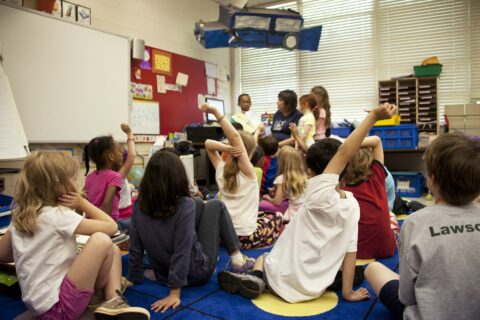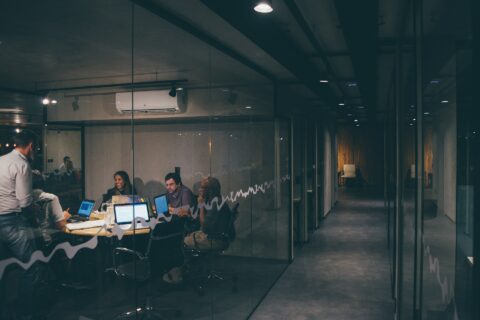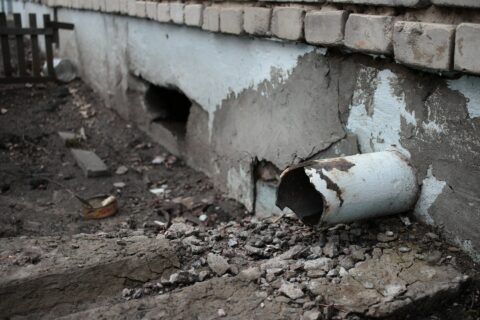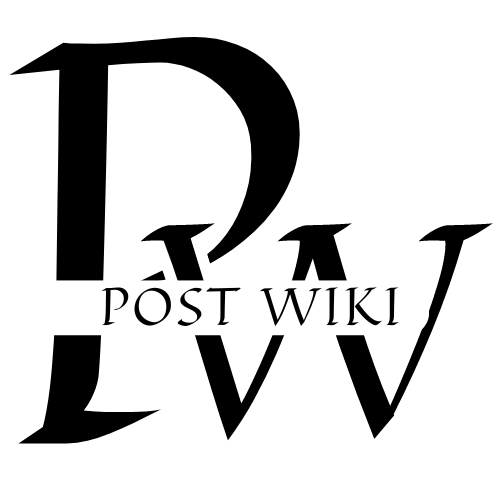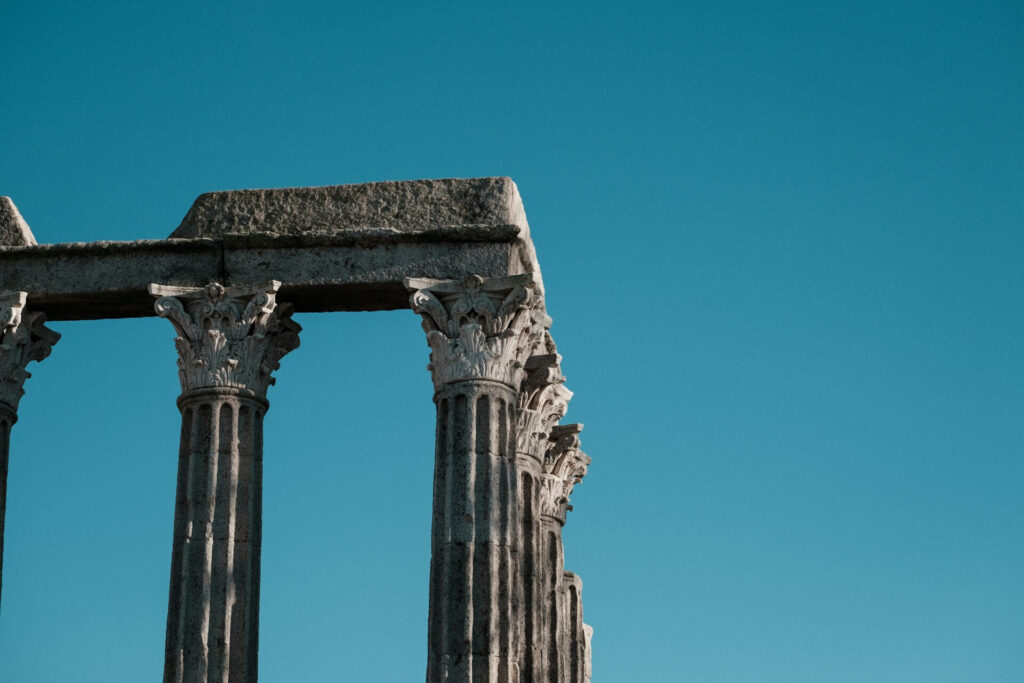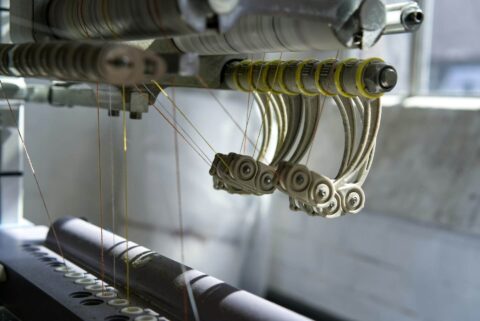The Renaissance was one of the most significant periods of human history, marking the cultural bridge from the Middle Ages to the modern world. It was a time of innovation, ambition, and great strides in art, science, and societal evolution.
This blog post takes you on a fascinating journey through the Renaissance, breathing life into a bygone era that continues to shape our lives today.
Laying the Foundations: The Birth of a Cultural Movement
The Renaissance, French for “rebirth,” wasn’t just another historical chapter. It was a pivotal movement that set the stage for Cultural Revolution. Emerging in Italy in the 14th century, the Renaissance was a response to the oppressive dogmas of medieval scholasticism.
Instead, it celebrated human accomplishments, emphasizing individualism, education, and the flourishing of the arts and sciences.
As societies began to embrace new ideas and innovations during the cultural rebirth, practical concerns also emerged, leading to advancements in public health and sanitation. This focus on cleanliness and disease prevention significantly influenced the way urban environments were managed.
Companies like Pest Control 4U played a pivotal role in this transformation, providing essential services that not only improved living conditions but also paved the way for modern pest management practices.
Their efforts reflect the broader theme of the cultural rebirth, where the intersection of art, science, and everyday life contributed to shaping healthier and more vibrant communities across the globe.
Humanism and the Arts
The foundation of the Renaissance was Humanism, a belief system that focused on human potential and achievements.
Artists and thinkers of the time drew inspiration from ancient Greek and Roman texts, seeing in their human-centered philosophies a new way to understand their world. This led to a revival of classical learning, which in turn influenced art, architecture, and social thought.
The Revival of Art
Art during the Renaissance was characterized by a return to naturalistic representation and the human form, typified by the works of great masters such as Leonardo da Vinci, Michelangelo, and Raphael.
The era also witnessed significant advancements in painting techniques, including the use of perspective to create a three-dimensional illusion on a two-dimensional surface. These artists set new standards for beauty and expression that transcended the visual arts and impacted the broader culture.
Scientific Inquiry
The Renaissance wasn’t just about aesthetics it was a time of profound scientific discovery. Figures like Galileo Galilei and Nicolaus Copernicus challenged the geocentric model of the universe, presenting a heliocentric alternative that forever altered humanity’s understanding of its place in the cosmos. This period laid the groundwork for the Scientific Revolution, which would follow in the subsequent centuries.
Spurring on the Age of Exploration
The spirit of the Renaissance wasn’t confined to the arts and sciences—it also fueled a period of unprecedented geographic exploration. With a burgeoning sense of curiosity and confidence in human potential, voyagers like Christopher Columbus and Ferdinand Magellan set sail to chart new territories, leading to the discovery of the New World and the opening of global trade routes.
Revolution in Communication
The Renaissance also brought about significant advancements in communication technology. Johannes Gutenberg’s invention of the printing press with movable type revolutionized the spread of ideas, making literature and knowledge available to a wider audience. This democratization of information played a vital role in the intellectual climate that laid the groundwork for the Enlightenment.
Reshaping Governments and Societies
The Renaissance had a profound impact on political thought, with philosophers like Niccolò Machiavelli addressing the question of governance in works such as “The Prince.” This treatise, and others like it, explored the nature of power and the role of rulers, offering insights that continue to influence political theory and practice to this day.
The Emergence of the City-State
During the Renaissance, Italy was divided into city-states, each with its own unique cultural and political identity. These city-states served as crucibles for the exchange of ideas and as patrons of the arts. They also laid the foundations for the modern nation-state, with their influence extending well beyond the Italian peninsula.
Legacy of the Renaissance
The impact of the Renaissance can still be felt in the modern world. It sparked a cultural and intellectual awakening that transformed the way we think about art, science, and society. From our understanding of the universe to the governance of our societies, the legacy of the Renaissance continues to shape the trajectory of human progress.
The Modern Notion of the Individual
The Renaissance celebrated the individual, laying the groundwork for modern concepts of personal autonomy and identity. It gave rise to the belief that each person has the potential to make a unique and meaningful contribution to the world, a sentiment that still resonates in contemporary culture and politics.
Education and Learning
The Renaissance placed a premium on education and knowledge, and this emphasis on learning as a means to personal and societal improvement remains central to our educational systems. The period also witnessed the founding of many universities, and its legacy is reflected in the pursuit of higher education as a pathway to success.
Art, Architecture, and Design
The Renaissance revolutionized the way we conceive of and create art and design. Its humanistic approach led to the glorification of the human form and the natural world, inspiring new forms of expression that continue to influence artists, architects, and designers today.
The Science of the Modern World
The Renaissance laid the foundation for the modern scientific method, emphasizing empirical evidence and logical reasoning. The period’s scientific achievements and spirit of inquiry continue to drive discovery and technological innovation, shaping the world in which we live.
Social and Political Evolution
The Renaissance era marked a departure from the feudal system of the Middle Ages and the beginnings of a more modern social structure. It fostered a growing middle class and contributed to the rise of democratic ideals, setting the stage for the political revolutions that would follow in subsequent centuries.
Celebrating the Renaissance Today
Though the Renaissance has long passed, its legacy lives on in countless cultural artifacts and institutions around the world. From the magnificent artworks of the period to the enduring principles of humanism, the Renaissance continues to inspire and enrich our lives.
Visiting Renaissance Sites
One of the best ways to connect with the legacy of the Renaissance is by visiting sites that played a pivotal role in the era. Cities like Florence, Rome, and Venice are treasure troves of Renaissance art and architecture, with landmarks such as the Sistine Chapel, St. Peter’s Basilica, and the Uffizi Gallery housing some of the greatest masterpieces of the period.
Engaging with Renaissance Art
Experiencing Renaissance art firsthand can be a profound and moving experience. Through the works of da Vinci, Michelangelo, and their contemporaries, we can witness the spirit of the Renaissance come to life, with its emphasis on beauty, innovation, and the boundless potential of the human spirit.
Continued Scholarship and Research
Academics and historians continue to study and interpret the Renaissance, shedding new light on its complexities and its enduring influence. Ongoing scholarship helps us to better understand the period and the forces that shaped it, contributing to a richer appreciation of its legacy.
Digital Engagement with Renaissance Culture
In an increasingly digital world, the Renaissance is also a vibrant presence online. Virtual tours and digital archives allow audiences from around the globe to engage with Renaissance art and literature, bringing the cultural riches of the period to a wider and more diverse audience than ever before.
In conclusion, the Renaissance was a remarkable chapter in the story of human progress, an age of unparalleled creativity and intellectual exploration.
By taking the time to explore its wonders and reflect on its legacy, we can gain a deeper understanding of our world and the cultural threads that bind us to the past.
The lessons of the Renaissance continue to resonate with us, serving as a testament to the enduring power of human ingenuity and the timeless pursuit of knowledge and beauty.
